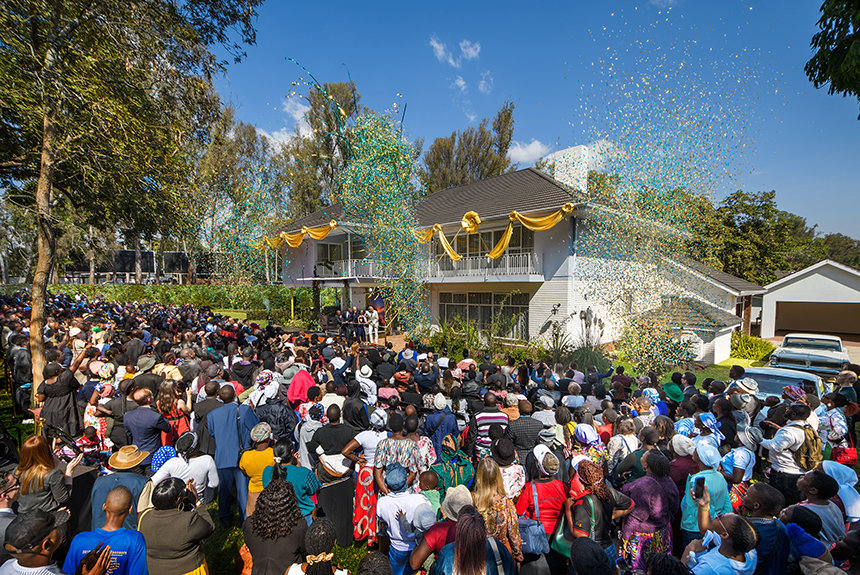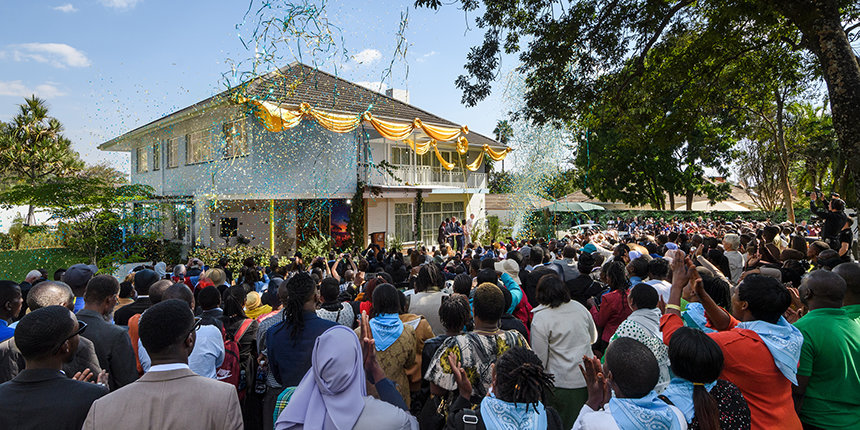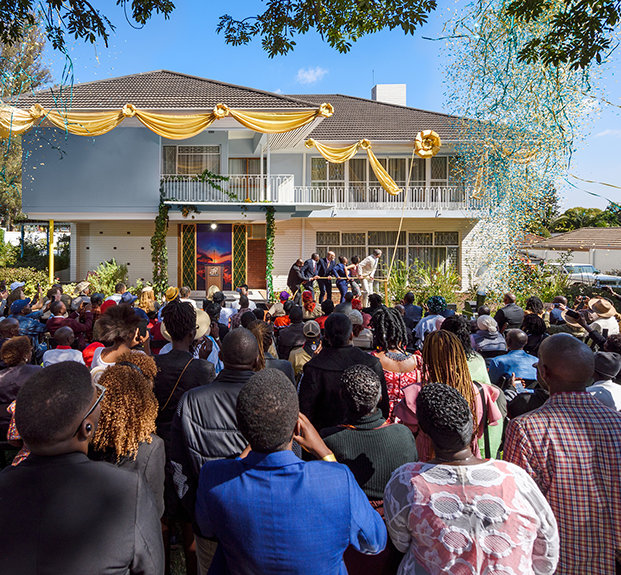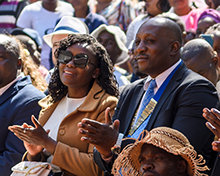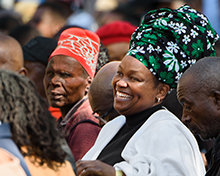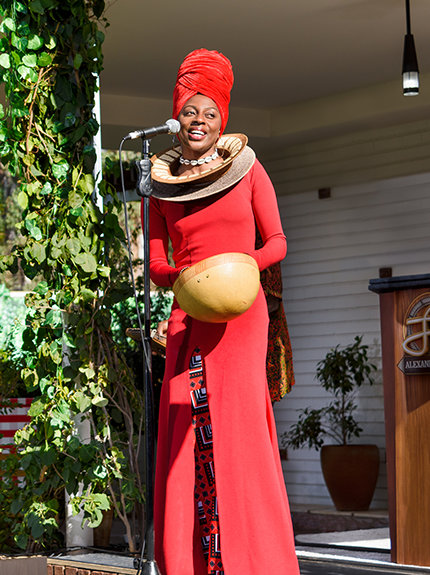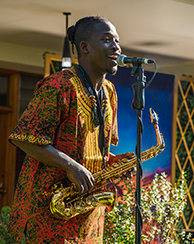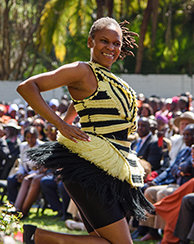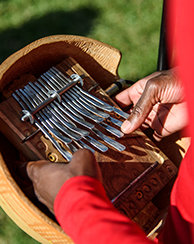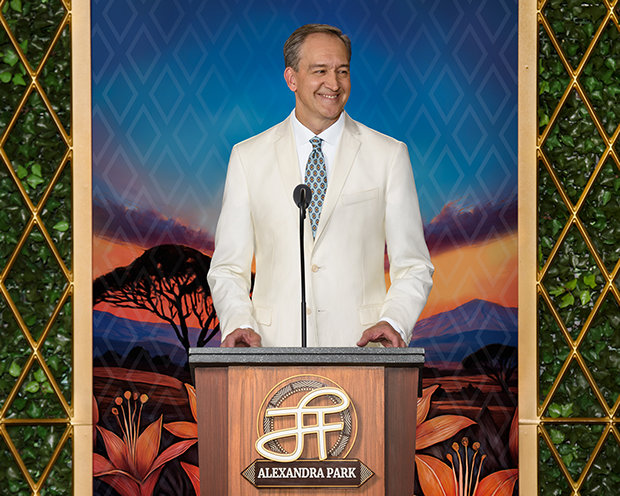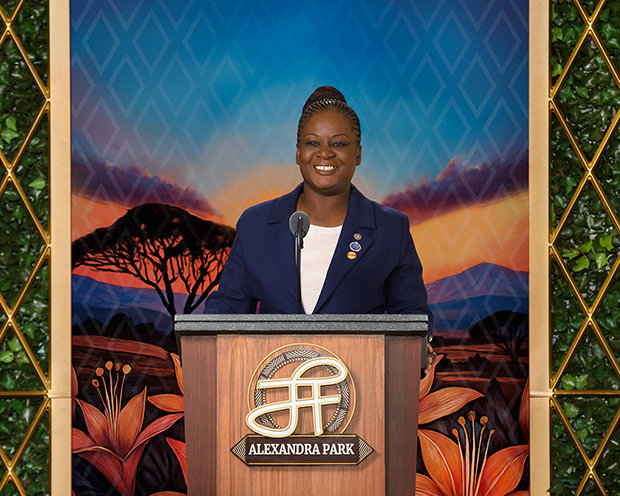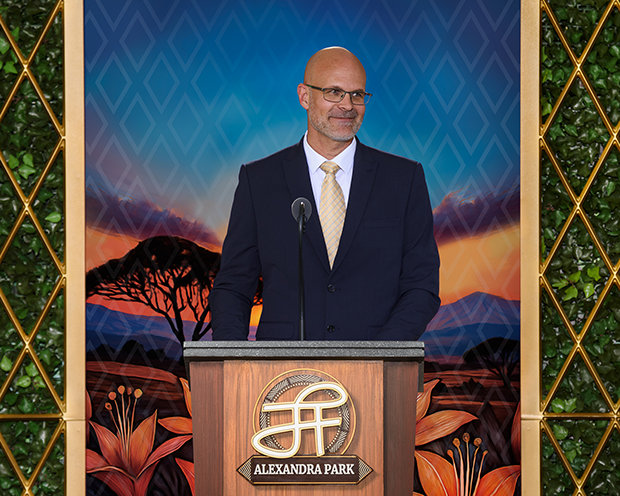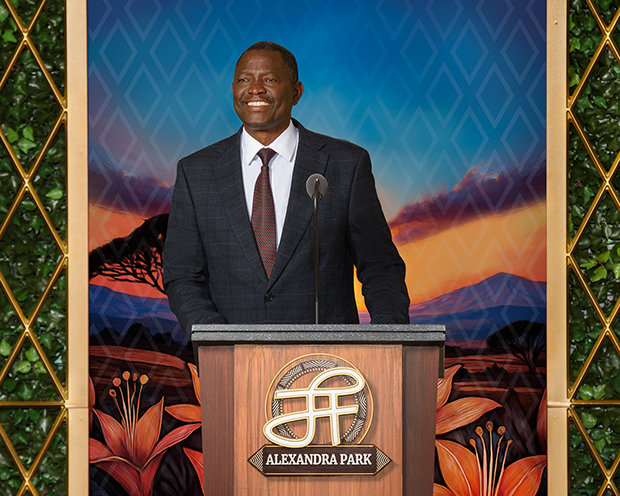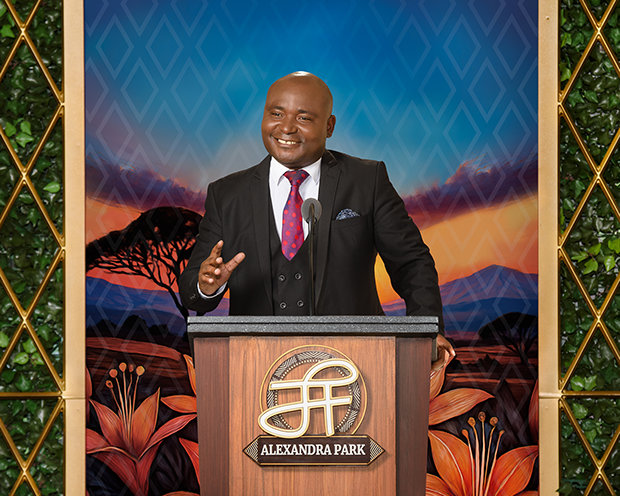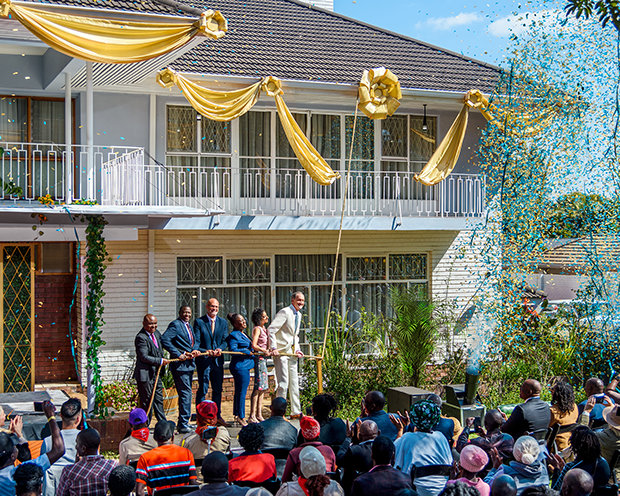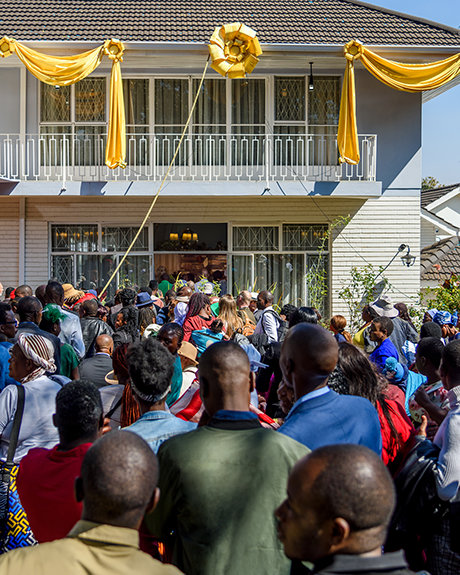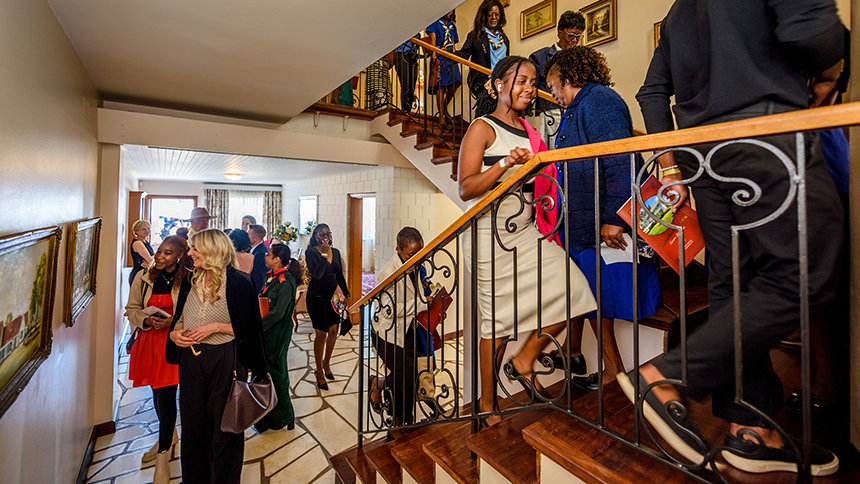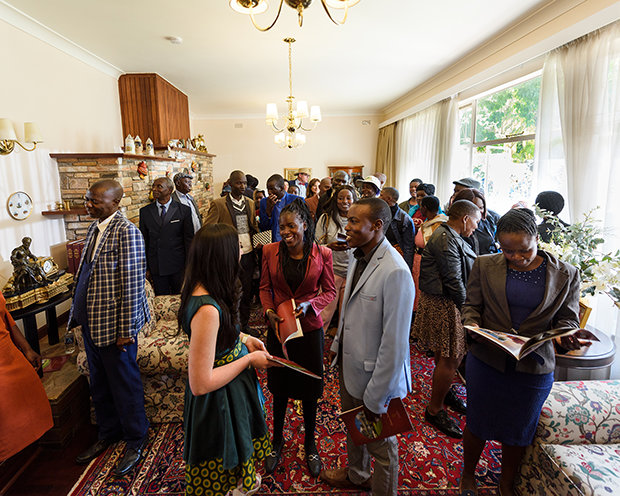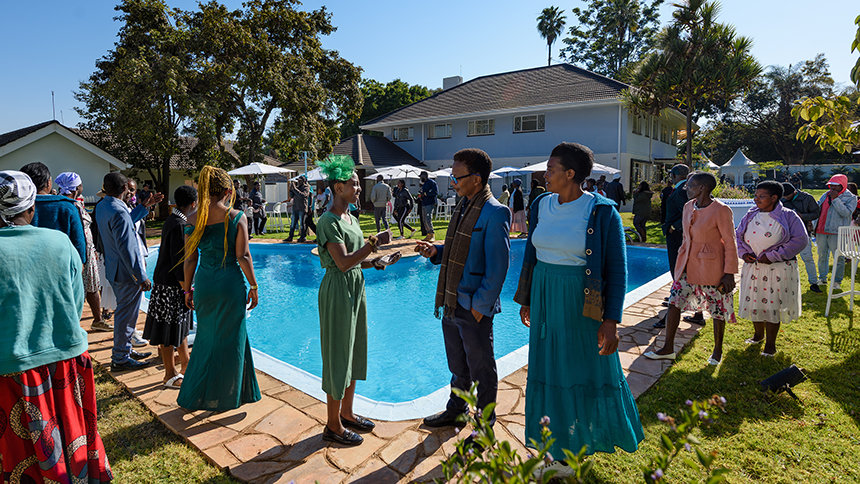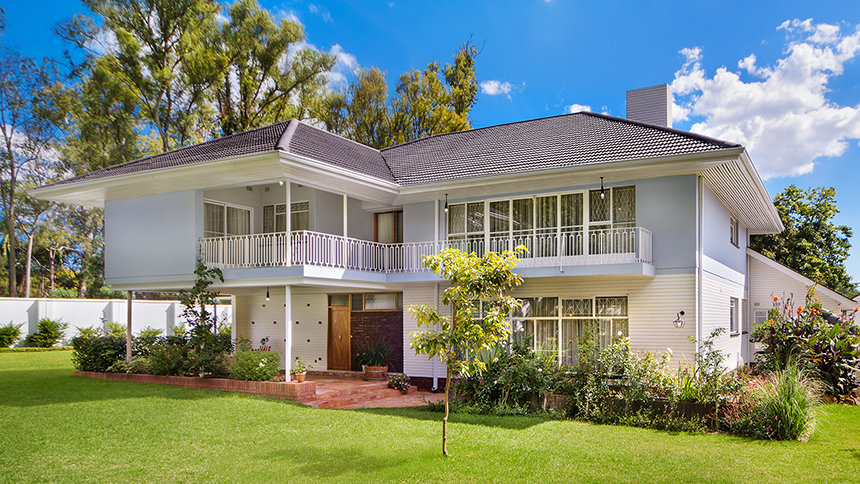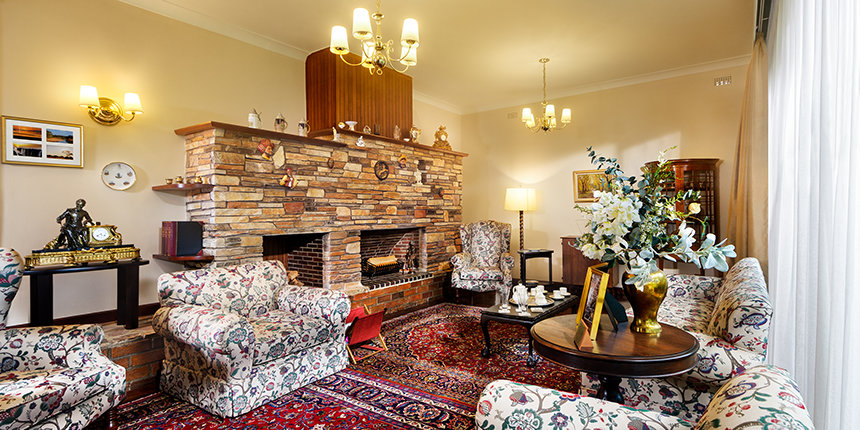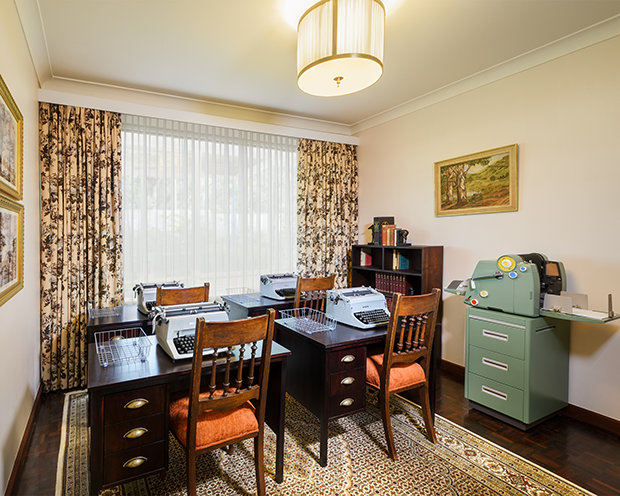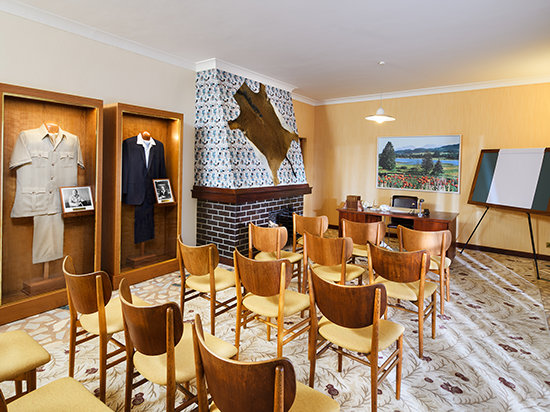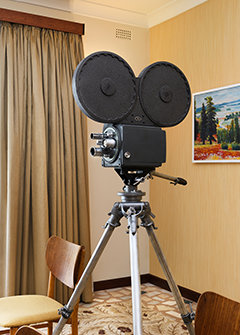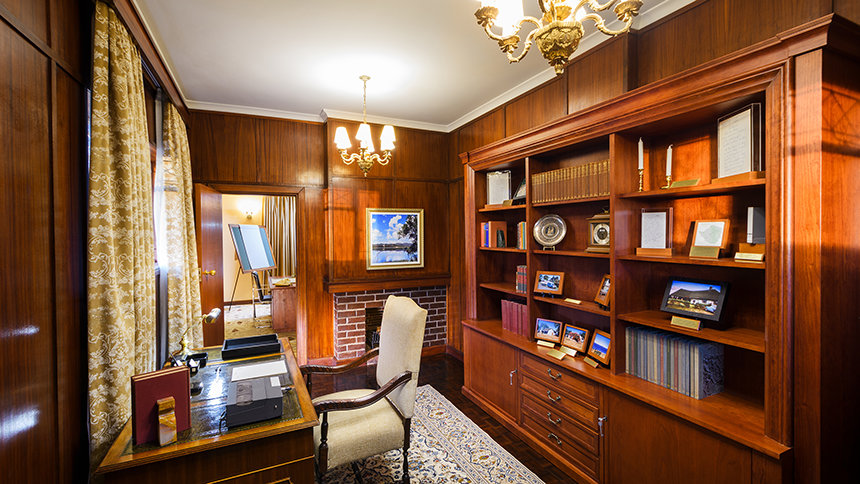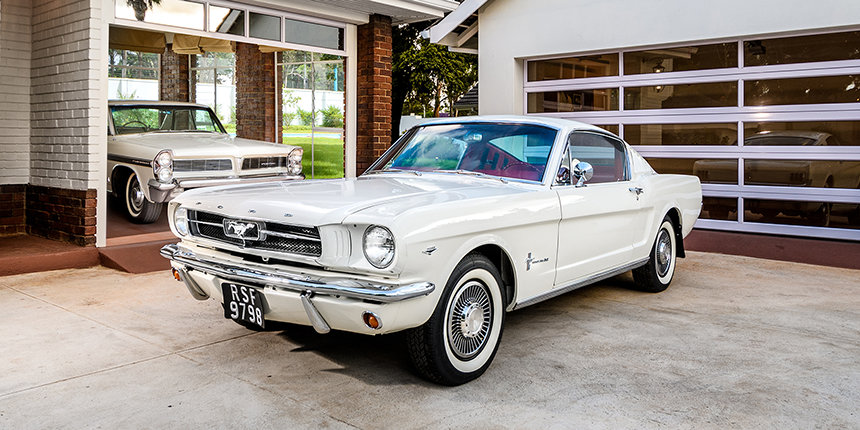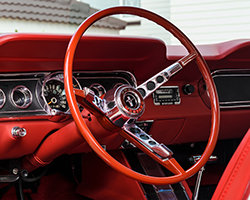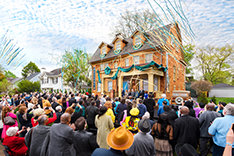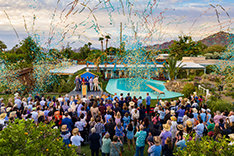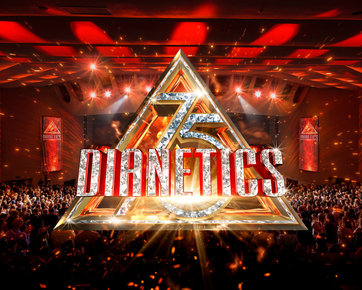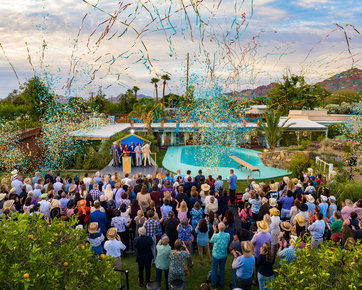HARARE, ZIMBABWE
RHODESIA REBORN: ZIMBABWE ESTATE RECEIVES A HERO’S WELCOME AS NEW L. RON HUBBARD LANDMARK SITE
JUNE 28, 2025
The Alexandra Park manor where Mr. Hubbard made monumental Scientology breakthroughs opens in Zimbabwe as a Landmark Site of enduring legacy.
The estate once known as 31 John Plagis Place, Salisbury, Rhodesia—named for its former owner, a decorated World War II flying ace—has once again earned its chapter in history. Located in Harare’s Alexandra Park suburb, she is now dedicated as an L. Ron Hubbard Landmark Site, honoring the Scientology Founder, who arrived here in the mid-1960s with a vision destined to echo far beyond Southern Africa.
The nation is now called Zimbabwe—a land where giraffes roam, elephants walk and lions still roar. And on this brilliant, blue-sky day, Scientologists, heritage specialists and local residents gathered to celebrate the generosity of spirit and purpose Mr. Hubbard brought to what he called “a small jewel in the midst of a howling wilderness.” As the golden ceremonial ribbon fell, streamers flew and crowds toured a site brimming with meaning—now one of global significance for Scientologists everywhere. For here, as Mr. Hubbard himself wrote, “The adventures were many.”
That legacy lives on through a series of defining milestones achieved inside. Foremost among them: the legendary filmed Clearing Course lectures—mapping a path to spiritual freedom not just for this nation, but for all Mankind. And in that very same room, Mr. Hubbard delivered his only filmed interview, An Introduction to Scientology.
As he advanced Scientology on behalf of humanity, Mr. Hubbard simultaneously took steps to uplift the country. Within days of his arrival here in 1966, he proffered a new Constitution, Bill of Rights and Penal Code—calling for one man, one vote, regardless of race, color or creed. His Alexandra Park address soon became a meeting ground for ministers, cultural figures and diplomats—gathering for what Rhodesians called “Sundowners,” graceful evening soirees with drinks and conversation. And through it all, Mr. Hubbard was remembered by his staff for the kindness and fairness he brought to every exchange.
Today, this British-Colonial site stands meticulously restored—just as it was during Mr. Hubbard’s time. Wallpaper, cabinetry and light fixtures have been matched to archival photographs. Artwork has been recovered. The same typewriters Mr. Hubbard provided his team of typists are faithfully preserved. Among other artifacts on display are the suit he wore while filming his legendary Clearing Course lectures, and even the suitcase he used on his return to England.
Outside, the pool is restored to its classic shape and turquoise color. But it’s the stone fireplace inside that may be most breathtaking—both for its beauty and its remarkable journey. A later owner had dismantled it, repurposing the stones into a garden wall. Now they have been recovered by restoration experts, cleaned by hand and dutifully returned to their original, exquisite form—warm observers to countless stories, ready to reveal those moments to all who visit this landmark.
“What we celebrate today speaks to the power of community and the far-reaching impact of L. Ron Hubbard’s legacy on people from every station in life,” said the Church of Scientology Preservationist, who officiated the opening and oversaw the site’s historical restoration. “Your presence transforms this day into something truly special ... because this building now stands as a place where you can walk in the very footsteps of L. Ron Hubbard.”
That was the moment leaders from across Zimbabwe took the podium to pay tribute and speak to Mr. Hubbard’s lasting significance.
First among them was Ms. Liza Zindoga, President-Elect of the Harare Rotary Club. She recalled that Mr. Hubbard addressed a local branch 59 years ago. “He spoke not about politics, but about building a new civilization—of lifting barriers to travel, opportunity and prosperity.... And they televised his speech across the country. Mr. Hubbard gave us a glimpse of how great this nation could be—a road map to a better Zimbabwe,” she said. “L. Ron Hubbard is a remarkable man, and the wheels he set in motion still turn today. Our role is clear: to guarantee that what was once shared with a room full of Rotarians now reaches every Zimbabwean who dreams of a better tomorrow.”
Mr. Frans de Klerk, who served as the architect for the landmark’s exacting renewal, said that “when we first stepped onto the site, we saw the chance to revive something that mattered. If ever there was a passion project, this was it. I still remember our team’s three-hour drive on sunbaked dirt roads to find the one quarry with the right slate. The heat was relentless, the road nearly undriveable, but the match was perfect—just as Mr. Hubbard would have seen it,” he said. “Together, across borders and languages, we brought this site back to life. It’s a root in the ground—deep, enduring and unmistakably yours.”
Professor Attwell Mamvuto, Pro-Vice Chancellor at the University of Zimbabwe, acknowledged the timeless influence of L. Ron Hubbard’s presence in the country. “This heritage site is a strong voice—and if you listen closely, it continues to call to the conscience of this nation. At a time when our land was torn between what it was and what it could be, Mr. Hubbard set to work—not with protest, but with pen,” he said. “His Constitution and Bill of Rights were a gift … and a message that still talks to us. It says: ‘We the people of this nation guarantee definite rights under law.’ Those were his words—and they are still ours to uphold.”
Bishop Albert Chikuni, President of the Interreligious Association for Peace and Development Zimbabwe, who serves 40 congregations across the region, reflected how “L. Ron Hubbard did not come to enrich himself—but to enrich others.... We’ve seen what occurs when people are divided—by politics, by religion, by class. But we’ve also seen the strength that comes from unity—when differences are set aside in pursuit of a shared future. That is the work of peace,” he said. “Today we honor the imprint Mr. Hubbard left here at Alexandra Park. If we carry forward his teachings, and the wisdom within these walls, I believe we can create a heaven on Earth.”
Alexandra Park stands as the second L. Ron Hubbard Landmark Site in Southern Africa. The first, his Linksfield Ridge estate overlooking Johannesburg, South Africa, opened in 2005.
All told, there are now nine such Landmark Sites across three continents. These include Bay Head, New Jersey, where Mr. Hubbard wrote Dianetics: The Modern Science of Mental Health—the bestselling book ever on the human mind; and Elizabeth, New Jersey, where he formed the first Dianetics Foundation. Also among the sites is the Founding Church of Scientology that Mr. Hubbard established in Washington, DC; the original Hubbard Communications Office on Fitzroy Street in London, England; and the landmark at the base of Camelback Mountain in Phoenix, Arizona—known as the Birthplace of Scientology. Just two miles from that Phoenix location is yet another site, opened last month, at 4451 East Osborn Road, where he authored Dianetics 55!, and from where he commenced the unification of Dianetics and Scientology. And finally, his Worldwide headquarters at Saint Hill in East Grinstead, England.
Each Landmark Site offers a literal and visual history of the work and advances Mr. Hubbard achieved during the time he was at that particular location. Every site also features a room devoted to the broader story of his global exploration and research—including the pivotal achievements made here at Alexandra Park. Together, these sites trace Mr. Hubbard’s progressive steps to the founding of Dianetics and Scientology.
With future Landmark Sites on the horizon, Scientologists the world over will have even more opportunities to walk in Mr. Hubbard’s footsteps—his legacy preserved in space, alive in time and destined to inspire for generations to come.



